MN502 Assignment: Analysis of Five IT Security Frameworks
VerifiedAdded on 2022/09/18
|5
|926
|118
Report
AI Summary
This report provides an overview and comparative analysis of five key IT security frameworks: ISO, NIST, COBIT, ETSI, and RFC. It begins by defining information security frameworks and their importance in mitigating business risks. The report then delves into each framework, discussing their core principles, advantages, and disadvantages. For ISO, it highlights its comprehensive model for manufacturing organizations, emphasizing internal communication and a result-oriented approach, while also noting its high cost for small businesses. The NIST framework's focus on cybersecurity threats and its cost-effectiveness are examined. The COBIT framework's role in bridging technical issues and business risks is detailed, as is the ETSI framework's focus on device and infrastructure security in Europe. Finally, the report covers RFC's role in securing network communication. The report uses sources to support its analysis and provides a comprehensive understanding of each framework's strengths and weaknesses, making it a valuable resource for anyone seeking to understand and implement effective IT security measures.
1 out of 5
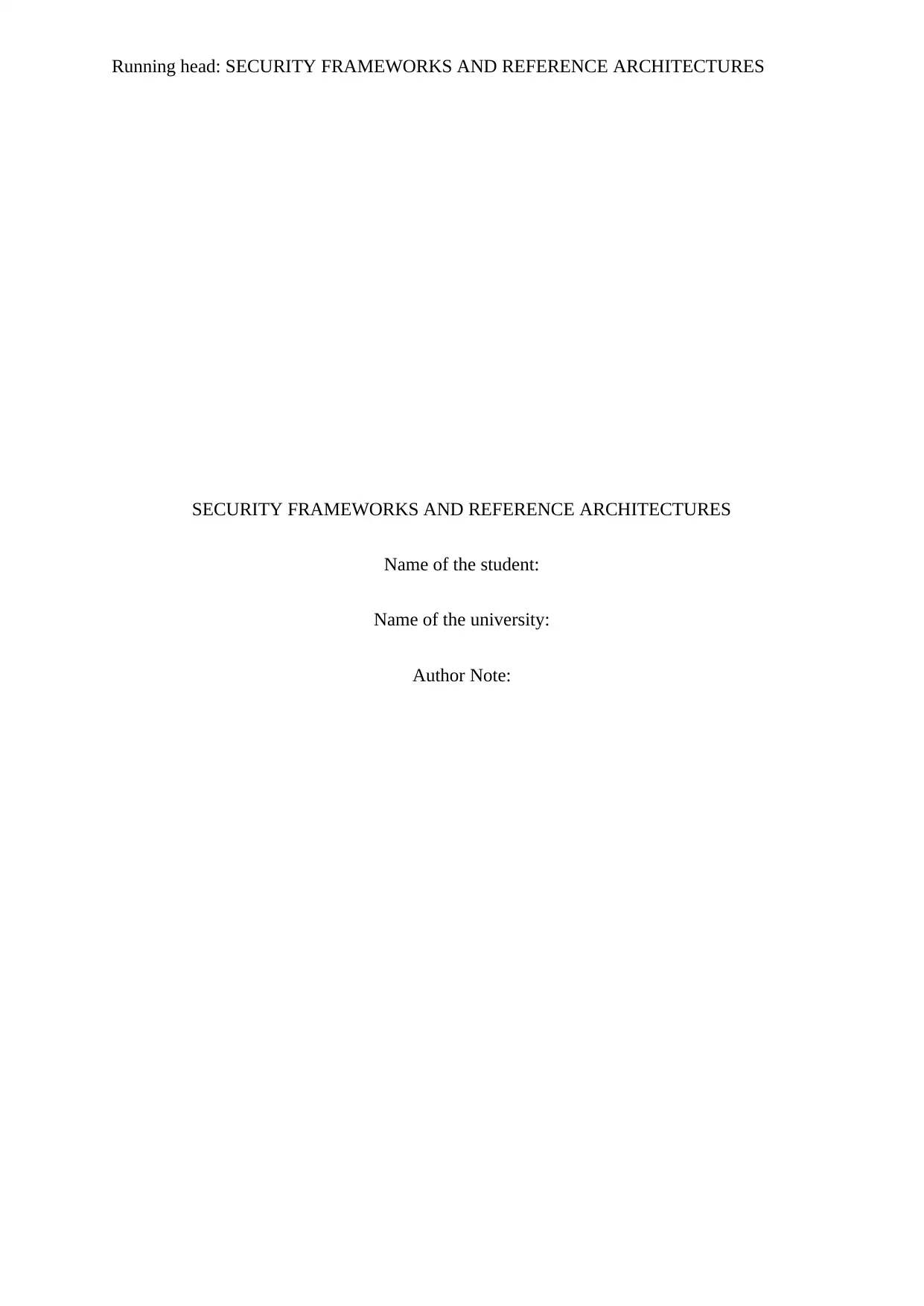
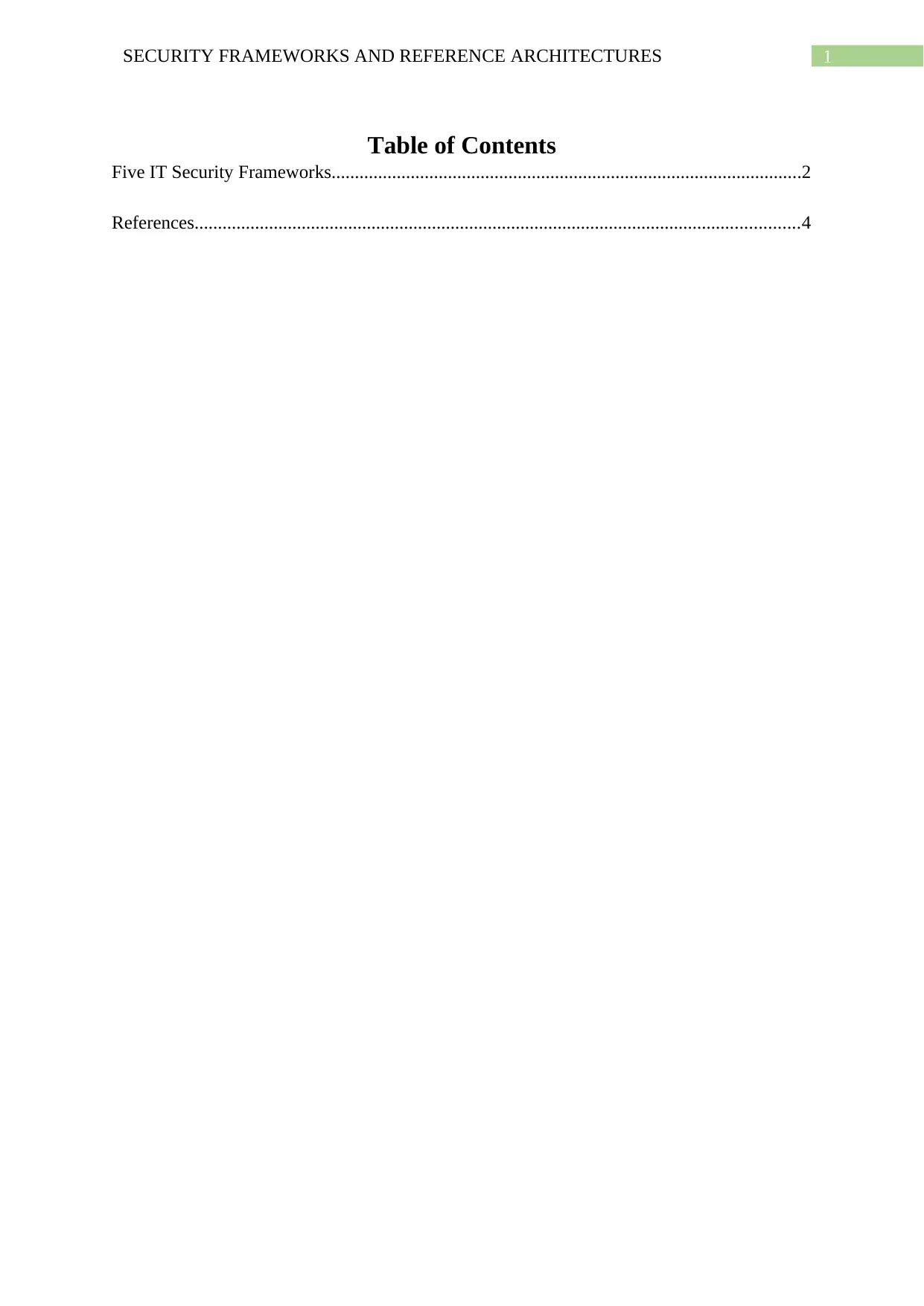
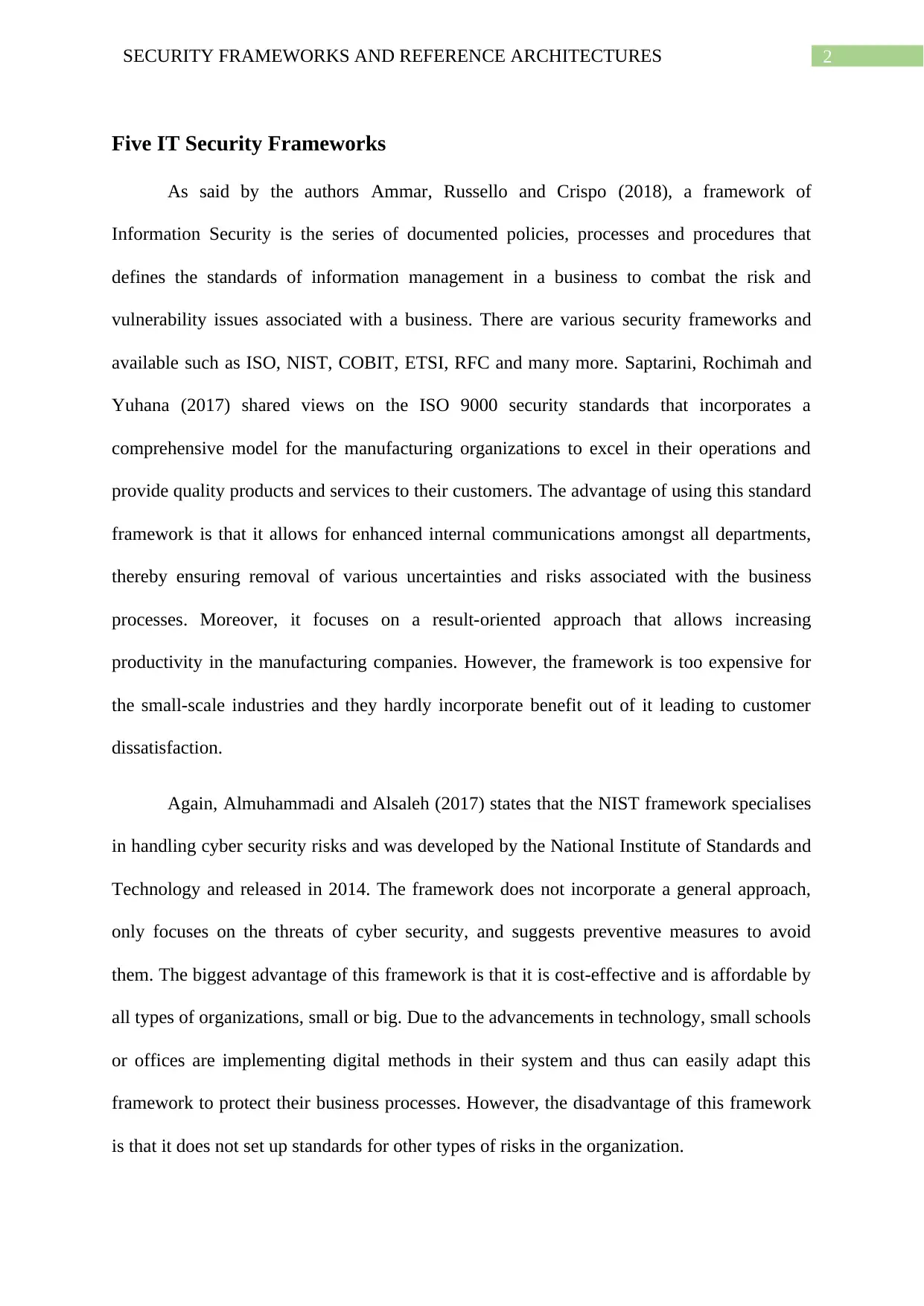

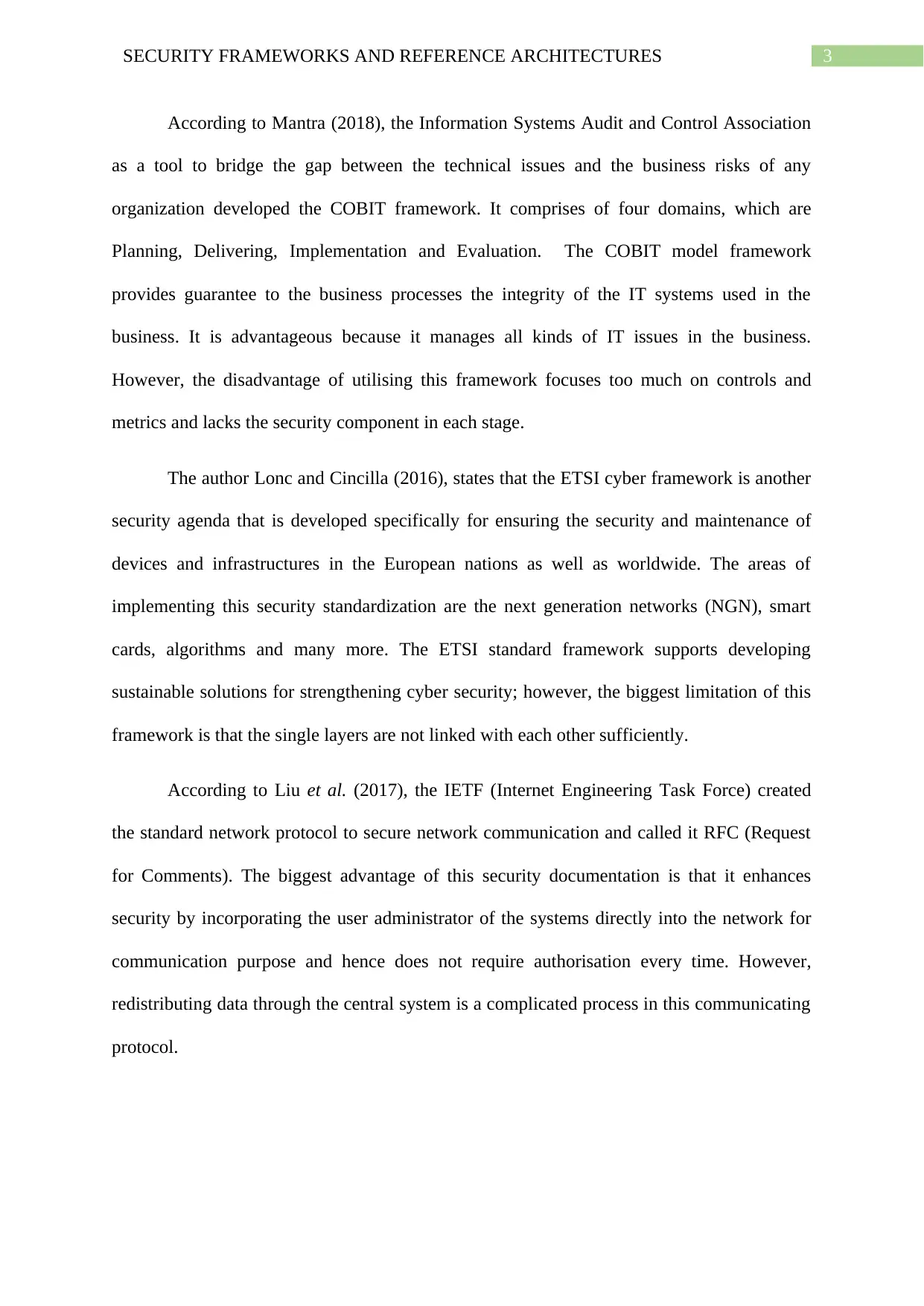
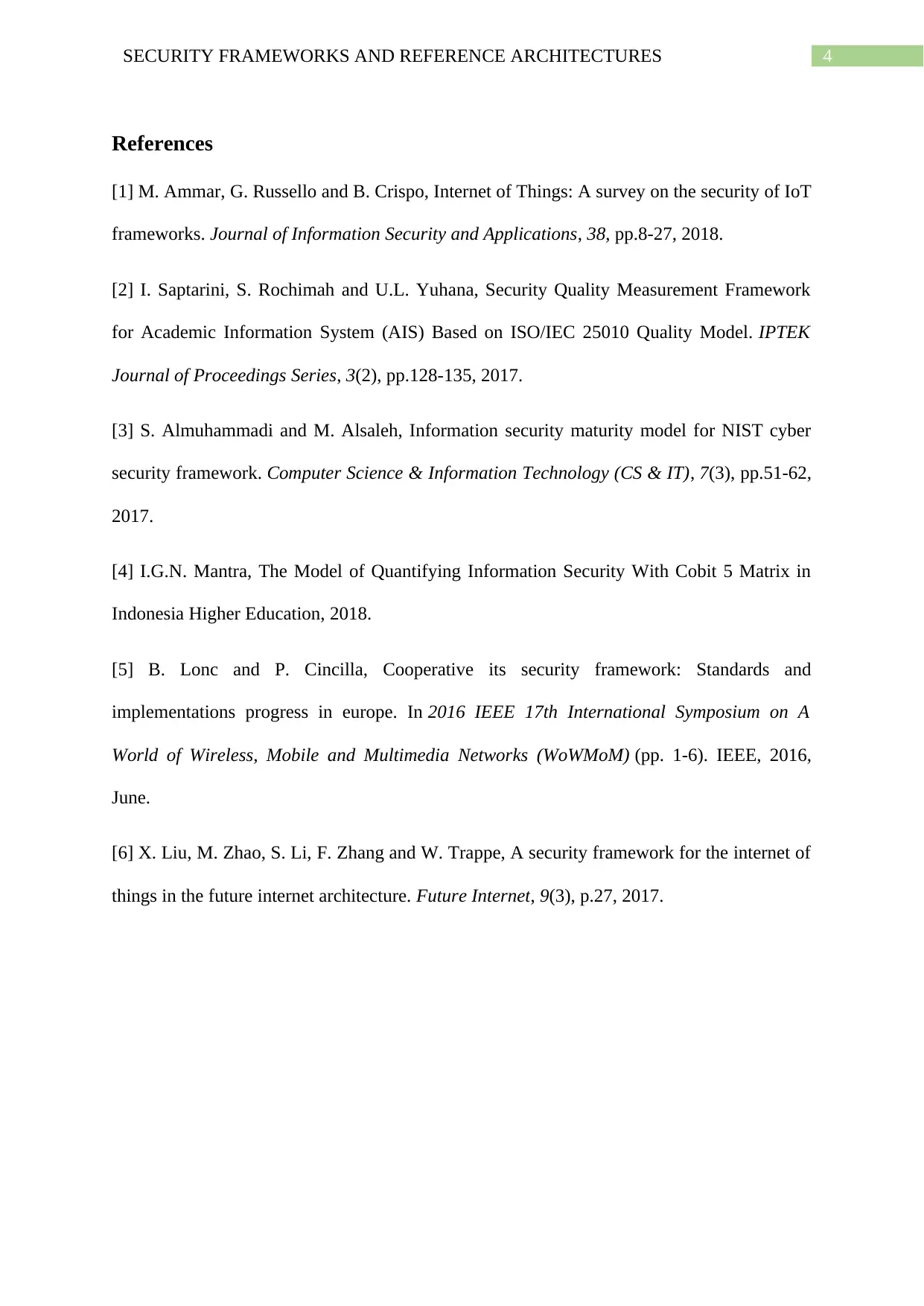






![[object Object]](/_next/static/media/star-bottom.7253800d.svg)